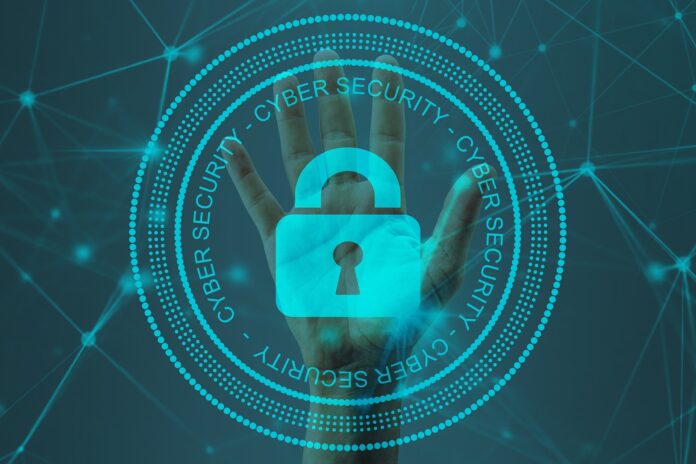With the COVID-19 bringing drastic changes to everything, cybersecurity has been one big concern. The health emergency led people to shift towards digital contactless solutions forcing businesses to adopt virtual services. Since technology always keeps rapidly evolving, it changes the way enterprises carry out their operations eventually impacting customer experience. While advances like artificial intelligence, cloud computing, and IoT are creating room for better opportunities, bad actors are developing sophisticated ways of getting away with their malicious acts.
Fraudsters are using the same technology to carry out a wide array of cybercrime such as data breaches, ransomware, account takeover, malware attacks, and DDoS (Distributed Denial of Service). To address the problem, companies are investing in stronger cybersecurity measures that can safeguard their systems against the potential threat of data breaches from hackers.
What does Cybersecurity Mean?
Cybersecurity is a mechanism to develop such systems that can detect, analyze and takedown possible fraudulent activities conducted through digital means. Often called information security, it is meant to protect an organization’s data (customers’ and enterprise’s) from getting in the hands of criminals that mean nothing but harm. Cybersecurity usually emphasizes operational and network security, as well as creating awareness about how to protect the system at the application level from the user’s perspective.
Cybersecurity Trends for 2021
Cybersecurity trends are ready to set the pace in 2021 with the rapid boom last year. Let’s have a look at what cybersecurity trends are expected this year.
Artificial Intelligence – The Cure for Cybercrime
Data breaches, synthetic identity fraud, and phishing attacks – all these add fuel to fire when it comes to the rising cyber crime these days. Businesses are always on the verge of these fraudulent incidents since they have to deal with a lot of customer data. Despite developments in technology that have allowed cyber actors to employ various deceitful tactics, AI-powered tools are better able to detect and put an end to online fraud and data breach attacks.
These automated solutions are reliable and effective in verifying customers digitally as well as managing enterprise data in a safe and secure way. Solutions powered by artificial intelligence takedown deepfakes and replay attacks better that help in identity verification of the end-user. Moreover, intelligent Anti Money Laundering systems can perform a quick and effective risk assessment of all onboarding prospects without the possibility of human error and delay.
Blockchain as a Cybersecurity Tool
Without a doubt, blockchain has become one of the most reliable means of providing digital transactions. Given the amount of security, transparency, and encryption it provides, it will become the most commonly used cybersecurity tool all around the world. With blockchain put to the right use, cybersecurity firms can develop robust and effective solutions for businesses that can help them combat digital crime better. These high-end security protocols allow applications like Facebook and WhatsApp to secure their messages with an end-to-end encryption mechanism without any external threat of being compromised. Not only that, the distributed nature of blockchain can bring a significant improvement to IoT devices and systems.
Multi-tier Authentication
With one-time verification falling short of meeting the standard security requirements, multi-factor authentication is the way to go in 2021. For the purpose of multi-factor authentication, OCR systems are incorporated in financial infrastructures to combat fraudulent activities. Last year, mid-sized companies started rolling out solutions with multi-tier protection that consisted of a set of security layers. Now, with the volume of benefits it provides, startups and multinational corporations are also starting to develop their own cybersecurity tools with new and improved data protection protocols.
But why is this trend becoming so popular? The biggest reason behind this is the increase in cybercrime over the past few years. Figures from Statista show that in the first half of 2020, around 540 data breaches to corporations were recorded. Multi-factor authentication helps fight these data breaches by making sure only legitimate users access the system. SMS-based Knowledge-based and biometric authentication are some layers in the multi-tier verification model that help improve security.
Surge in Phishing Attacks
The social engineering tactics – phishing attacks – are carried out by fraudsters to acquire the identity information of online users to pursue their illicit acts. The most common one is when you receive an email with a suspicious link in it that directs you to another page requesting your credit information. Once the victims submit their personal information here, they fall prey to the attacker’s deceitful plans. The money obtained from these sources is later used to launder dirty money at scale and perform other nefarious crimes such as drug trafficking and terrorist financing.
Business entities are also not safe from phishing attacks since Business Email Compromise (BEC) remains a prevalent fraud in the corporate sector. Whaling and spear phishing add more to these cybersecurity threats for enterprises which are possibly to increase in 2021.
To wrap it up, the corporate sector is facing a lot of cybersecurity threats in 2021, but with the evolution of data protection tools powered by artificial intelligence and multi-factor authentication, they can combat cybercriminals better.
Meta: Businesses are facing a lot of cybersecurity threats in 2021, but with a robust data protection mechanism, they can combat cybercriminals better.


